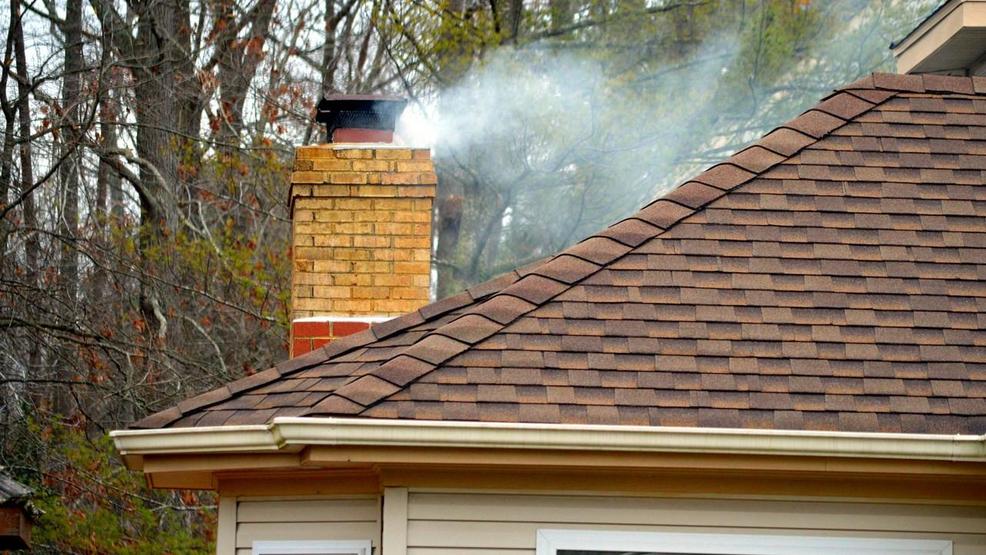Why you should preheat your flue…and how to do it

Homeowners across the Washington DC Metropolitan Area are reaping the benefits of having fireplaces installed in their homes. One of the most underestimated aspects of using a fireplace is preheating your flue. Many homeowners ask chimney technicians like us, why is preheating the flue so important. When there is a fire in your fireplace, cooler air from your home fuels the fire, the air above it gets hotter. The chimney flue provides allows the hot air to rise out of the house along with the smoke and other fire byproducts. Preheating your flue warms the chimney causing the air to start moving in the right direction. You can find additional information specifically about chimney flues by reading our previous article about flues. Below are some additional things that you should know about preheating your flue.
Things that you should check prior to preheating the flue
- Before using your fireplace it is essential to make sure that you have had your annual chimney sweep and cleaning. Preheating the chimney is a waste of time if your chimney is not safe to use.
- Is the damper open all the way? You’d be surprised at how many of us forget to check the damper position before building a fire.
- Is the chimney flue cold? Chimneys that are allowed to get cold between fires are full of cold air. This cold air acts like a plug because it is heavier than the warmer air in the room.
- Check to confirm your chimney is drafting properly.
- Open the damper all the way
- Use a lighter or match to see which way the air is flowing. The flame pulling upwards means the smoke will go that way, too. The flame pulling back into the room means that you need to preheat your flue or the smoke will also come back into the room.

How to preheat your chimney flue
When you know that the chimney has passed inspection, you know that there is probably nothing wrong with the chimney except that it is too cold to draw properly. Keeping the damper open while laying the fire will sometimes be enough to move some warm air into the flue but that can take up to a half-hour and there are quicker ways to preheat the flue:
- Make four or five newspaper “torches” by rolling a few pages up tightly. Lighting a few of these torches and holding the flame up so the heat rises into the flue will usually heat the air enough to make a draft go up the chimney. This is the most common procedure and it works.
- A blow dryer or fan can be used to push the cold air up out of the flue. The warm air in the room draws after it and the flue is warmed. The air being blown up the chimney doesn’t need to be hot because the air from the room is still warmer than the air in the flue.
Here is a helpful video
[th_youtube id=’qIQIZ59fYOc’]
Other Tips To Help Your Chimney Vent Properly
- Cracking open a window (about one inch) helps the fire get started because it pulls more air in over the flames.
- Using dried, seasoned wood makes the fire burn hotter.
- Build the properly sized fire for your firebox.
- Use a metal grate so air can get underneath the wood.
- Build the fire as far back in the firebox as you can.
- If the fireplace has glass doors, open them so air can draw in from the room.
Remember that a cold flue can keep the smoke from rising so try preheating your flue the next time you start a fire. If you still are having problems, call a chimney specialist to evaluate what is going on.

I’m glad that you mentioned that preheating the flue would make the air move out of the chimney. I had heard that you need to do that, but I wasn’t sure what it did. If I get a fireplace installed in my home, I’ll make sure to preheat it so that I don’t have to worry about smoke coming back into the room.